By exploring the world and dissecting it into measured fragments, compiling collections becomes an act of seeing. To artist and textile designer Isabel Wilson, collecting what she sees and what she likes is not just a passion, but a necessity. Her apartment and studio are both filled with a rich archive of assembled butterflies, sea shells, foam creatures and other carefully catalogued elements, of which traces echo into her colorful paintings and fabric designs.
It is one of these warm and misty mornings when we met Isabel in her apartment in Williamsburg, a classic white brick walled Brooklyn loft, which she shares with her roommates and two turtles. From here we venture on to her place of creation, the studio, where the RISD educated, Texas implant shares her thoughts on her family, textiles, and collection
This portrait is part of our ongoing collaboration with ZEIT Online who presents a special curation of our pictures on their site.

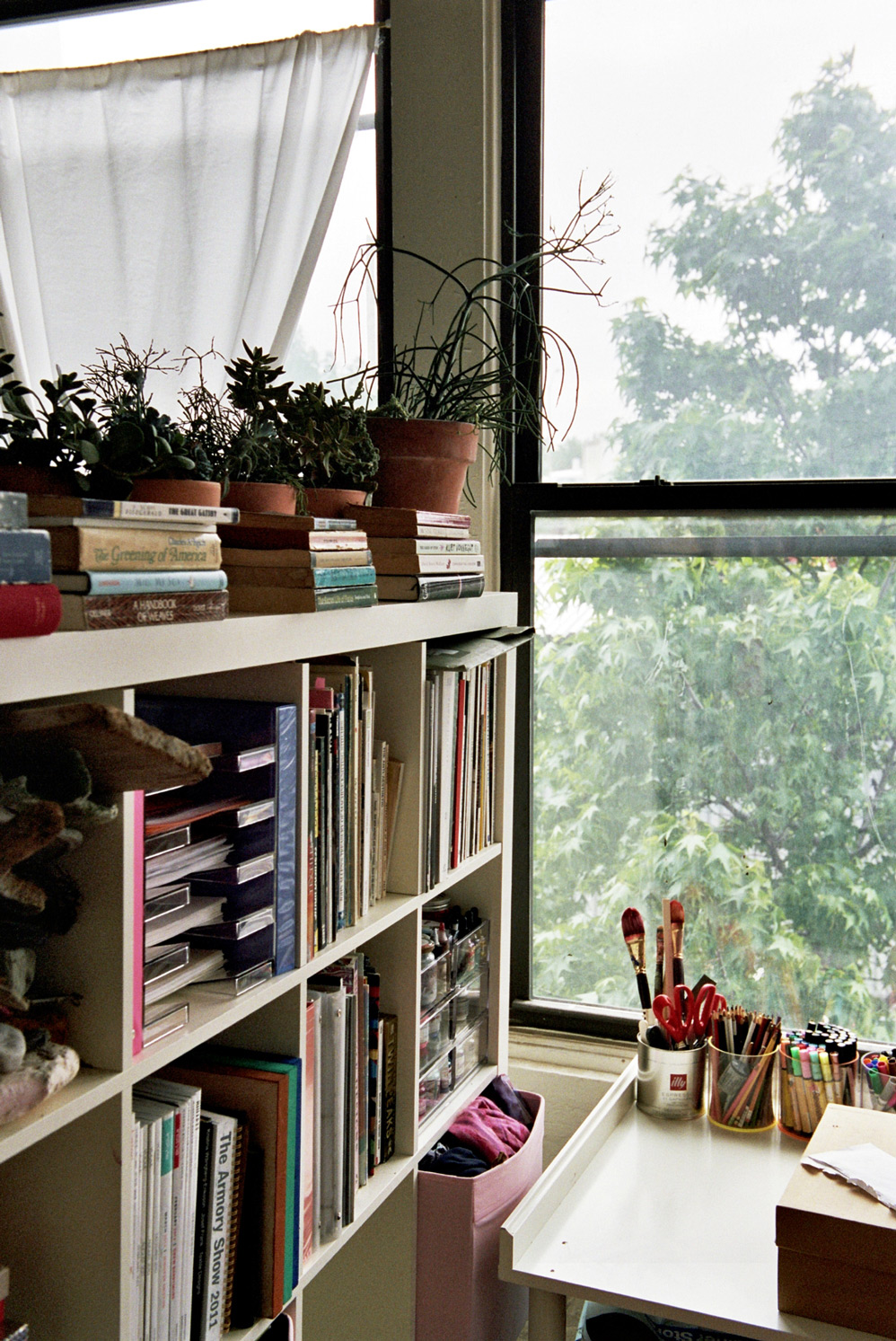






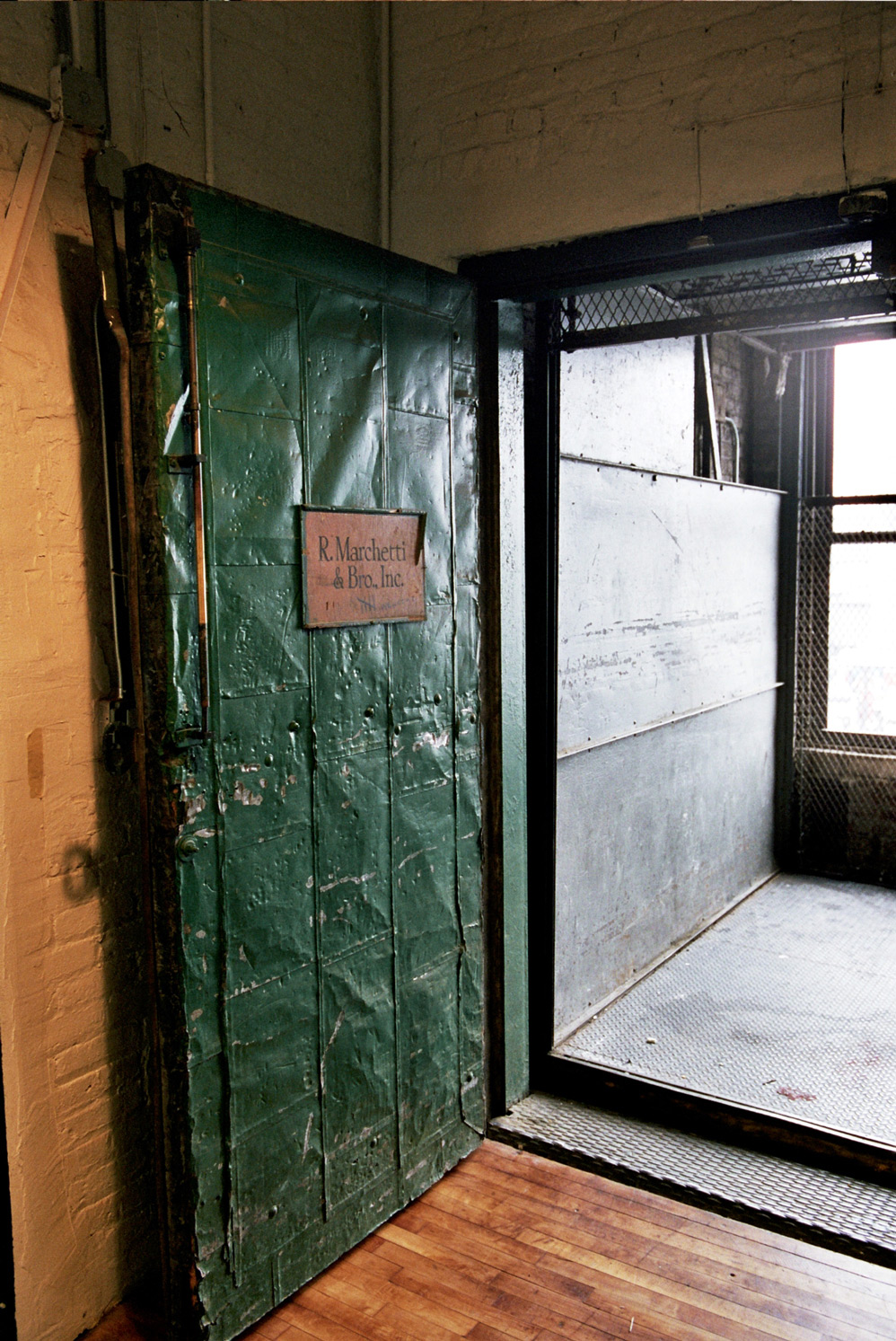
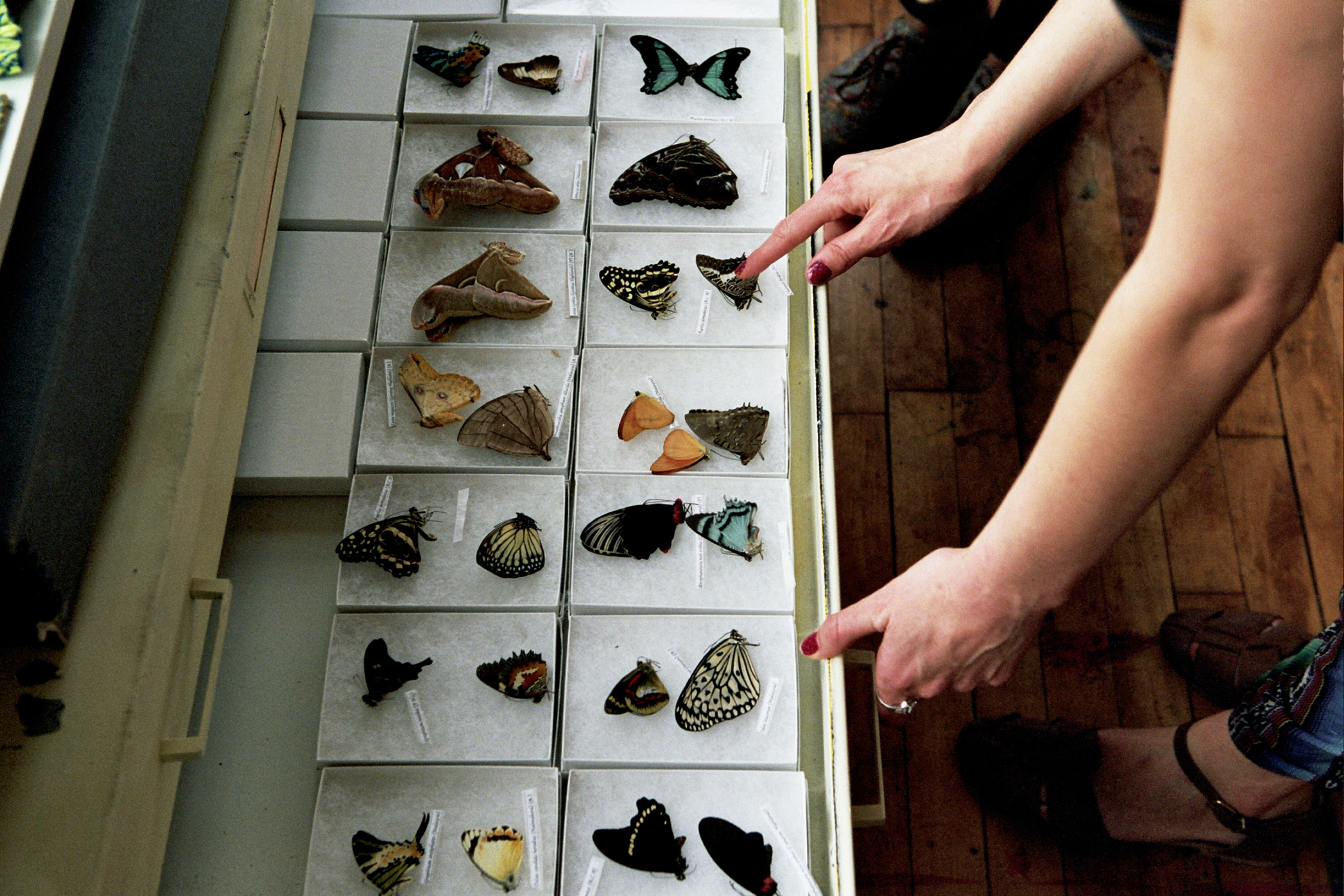








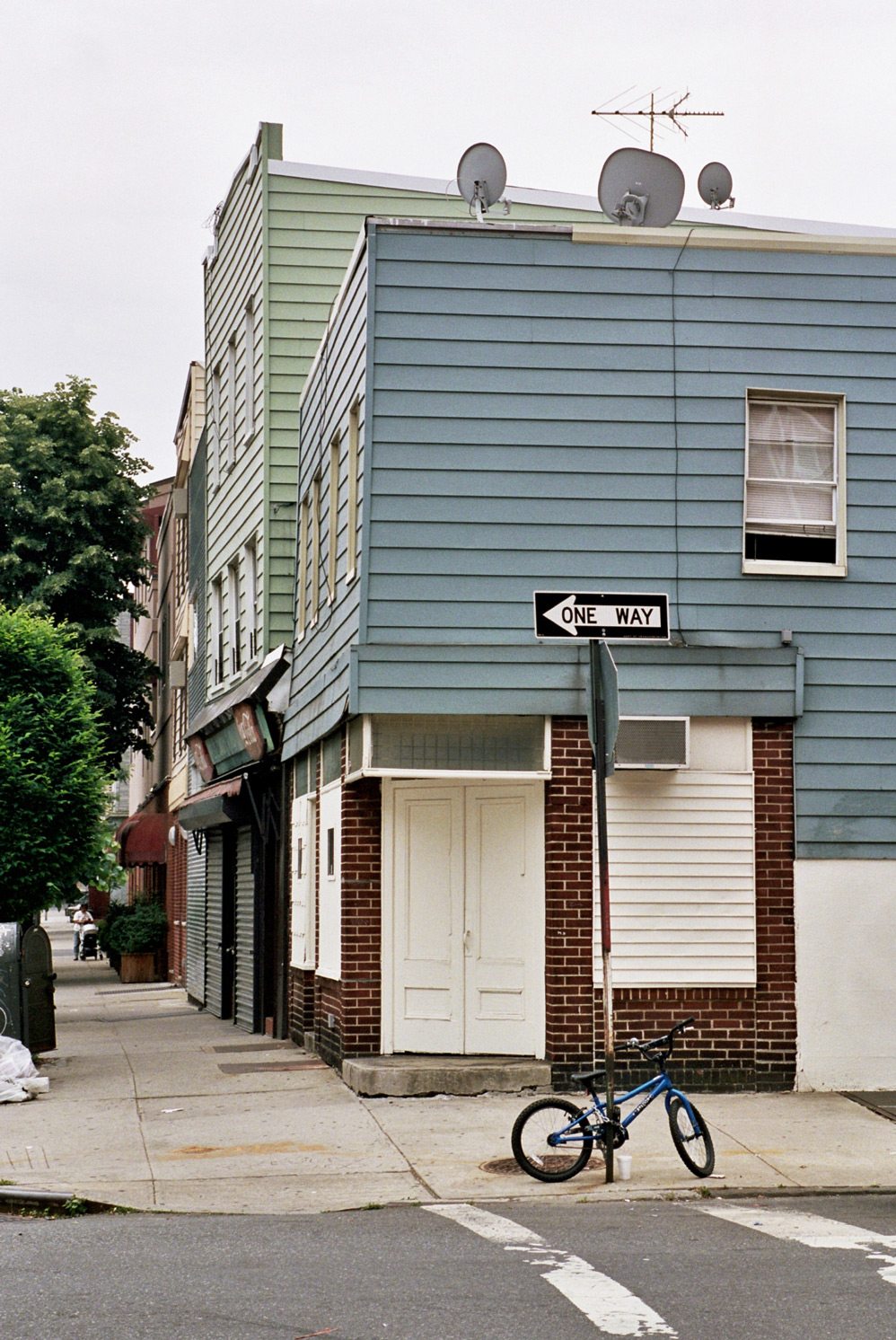

















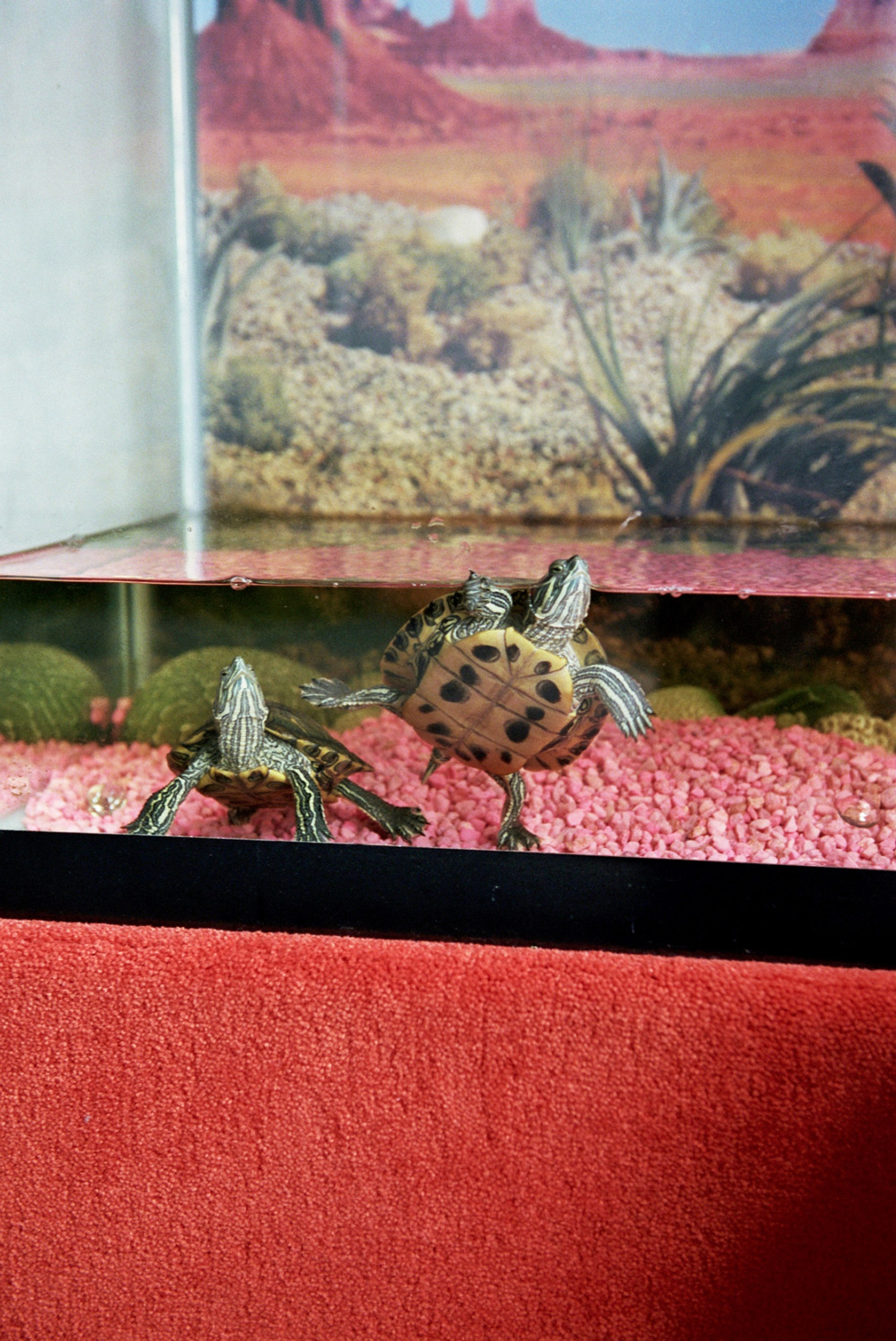


When you were a child, which kind of textures awakened your curiosity to create?
I think I have always been drawn to textures found in nature. I spent all of my time growing up outdoors exploring and looking at stuff very closely. I remember drawing little patterns on everything. I was really influenced by stories like The Grimm Fairy Tales and Peau d’ane, this 17th century French fairy tale written by Charles Perrault. It was later made into a film directed by Jacques Demy, starring Catherine Deneuve as the princess. In the movie, her father, the King, makes her a series of dresses: one the color of the sun, one the color of the moon, and one the color of good weather. When I was little I was totally obsessed. I drew mermaid princesses with huge hair, puffy sleeves, and billowing skirts. They all had different dresses filled with intricate wild patterns. Then there was the tom boy stage where I drew large exes over all the girly drawings and would tag my older sister Katy Lucy’s name on everything. There was also the fort stage, the book making stage, dog tags, pogs, trolls, tie-dye…
The need to collect runs in the family for sure. My dad was an inventor and an avid collector of unusual treasures. His office was literally stacked high with slide drawers that he compulsively catalogued all of his many collections. Each drawer had a carefully rendered label that he drew by hand with his Rapidograph pens and inside there could be anything from paper clips, rare gems, humorous newspaper clippings, special tools, even stale gum. Somehow, everything was treated with equal care, which gave value to the more ordinary objects. I loved being sick because that meant I got to spend time with my mom and dad at the office and dig through it all. He had a sign on the door that said, “The creative mind needs stuff,” or something like that…
So is making textiles something that you found through your working process?
I have always been seduced by meditative work and textiles is inherently detail oriented. I enjoy zoning out and threading a loom more than anything. I just got a microscope that takes photographs. Most recently I’ve been collecting butterflies and moths of all shapes and sizes from all over the world, mostly Madagascar. I love to look at their patterns under the microscope and it is crazy how feathery and bird-like they look when you get super close. On just one wing there can be 10 different pattern designs. Nature is infinitely built from pattern. Sometimes I take photographs of what I see and then I turn those images into digital fabric prints. Or often I will work on one large painting for months, taking photos along the way as it changes layer upon layer. Later, I will work on those photos in photoshop and develop a whole collection of prints by rescaling, warping, messing with the tools, my favorite tool is called the magic wand.
Generally, process is always more exciting to me than the end product. I always get a little deflated when the making part is over and I have to concentrate on logistics.
What kind of joy do you get out of your process vs. seeing the textiles that you have created? Are these two things different kinds of enjoyments?
I’ll never forget the first time I got one of my designs printed on fabric. It is a great feeling to see something that you painted on a 2D surface suddenly transform into a 3D entity that moves and flutters and can suddenly be used in all sorts of different ways. The original idea becomes something totally different. Though seeing the textile come back from the printing mill can sometimes be a gamble. There are so many factors that are out of my control at that point because I do not physically print the textiles myself.
The designs are usually digitally printed onto a roll of fabric, so that physical separation from what I’ve created at that stage has become a part of my process out of necessity. Sometimes my design comes back and the colors are totally off. It can be frustrating to have to color correct, but quite often I’ll just run with it. I like the element of surprise and the challenge of bringing it back to something that works. For example, if a sample comes back and it is too light, maybe I’ll scrap that idea and batik over that fabric with wax and black dye-na-flow, working with it until it turns into something I really love. I try to avoid the back-and-forth with the mill.
How does it feel when designers take your fabric and turn it into something three-dimensional?
It is never what I think it will be. That can be a good thing, and sometimes it is less so. The designer acquires my fabric, takes it, and cuts it up for his or her own design, which can be all kinds of things, maybe a dress, a jacket or upholstery. I have been doing this long enough now that I see prints that I have designed all over the place, whether my name is on it or not. There is a romance in seeing my print on a stranger. There it is and there it goes. That’s it, you know?
It seems to be the American way of designing, to be always planning ahead and even considering the consumer over one’s own creative desires.
I believe when designing anything, whether it is textiles, apparel, or furniture, it is important to remember who your client is. There are some incredible designers who absolutely never design for themselves or even according to what their personal creative desires are because they have developed a brand that people go to for a certain semblance. If you change that aesthetic then the consumer is misdirected. I think this idea applies to designers all over the world, not just America.
Spending all day thinking about textiles, how do you like to dress?
To be honest, I don’t like to think about what I am wearing too much. Growing up in Texas, I always wore a uniform to school and I prefer to stay in that state of mind. I have a few favorite outfits that I wear as my own uniform. Most of my closet is filled with my own fabric designs and pieces my grandmother has passed down. My grandmother was a painter too and was a pretty wild dresser herself. She would run around town with my mom to the opera, symphony, bridge parties, tea or whatever, wearing matching leopard print pant suits, floral trench coats, bright kelly green tennis jumpers, lots of pattern, always great pattern. She had an extensive collection of art, Hermes scarves, Isfahan Persian rugs, and textiles of all kinds, which she liberally decorated her house with. I guess she was a major influence on my fashion sense.
When you perceive your surroundings do you visually collect things?
Yes. I think it’s essential to take in your surroundings, to collect and build a unique visual library. I collect things to allow myself to express the truth about my unconscious mind. I find that my collections inform my work and remind me of what I’m attracted to. For example, when I was in Vieques last spring I found these incredible pieces of weathered coral all over the beach. They were so buttery and speckled. I placed the pieces of coral on the table and fit them together like a puzzle. When I came home, I discovered the same shapes in a painting I had made a week or so prior.
This is a bit of a different question now, but the activity of collecting goes along with what many people do in their blogs, doesn’t it?
It is nice to have the digital log to navigate your train of thought. I enjoy looking at my friend’s streams to see what they have been reading or most recently been influenced by. Social media can be really scary, but I have to admit, it is a great place to share ideas and information really quickly. In the textile world, which is very small, the Internet is really the best place to share your ideas efficiently and globally. I am able to design textiles with friends in England, France and Finland. This is strictly because of the ease of the Internet and it’s ability to connect people from all corners of the world really quickly.
Can you tell me a bit more about the collaborative effort? How important is that to you?
Honestly, whether I am designing a complicated custom textile for a clothing designer friend or putting together a group show, I absolutely love collaborations. It is often the least lucrative, but is by far my most favorite way to work.
Last summer my friends in Houston and I put together an art show in this abandoned doctor’s office and told everyone it was this new gallery called Letter F. The show was called Check Up in reference to it’s setting and each artist got a different room to do whatever they wanted in. We set our own limits to the exhibition and there was not one curator. We sent invites to all our friends and it ended up being a huge hit! We had some super talented musicians play at the opening and closing parties, hundreds of people came, and we ended up selling everything. My friend Garret and I made an awesome piece together. We took this giant tumbleweed and suspended it in the air with three huge industrial fans. It spun in the air in a perfect swirl for hours without anything but the equal air pressure from the fans. Anyway, after Check Up, we kept having art and music shows all over Texas in abandoned buildings, friends’ back yards, under trees, under bridges.
It was so amazing and fun to work with different artists and really engage with the public in a visceral sort of way. I’ve put together a few shows since then in and around New York that sprout from this same idea. There is a show at This Must Be the Place on September 5th, one at the Chinatown Arcade on Bowery September 12th, and another group show in a barn in Little Compton, Rhode Island in October. I’m with Robert Smithson in that I believe that artists themselves are not confined, but their output can sometimes be. I hope to collect and create work that is engaging and cherished, but never restrained.
Thank you Isabel for spending such a nice morning with us! For further information about Isabel’s work, check out her artist website and her label REED.
This portrait is part of our ongoing collaboration withZEIT Onlinewho presents a special curation of our pictures on their site. Have a lookhere!
Interview: Nina Schwarz
Photos: Brian W. Ferry
